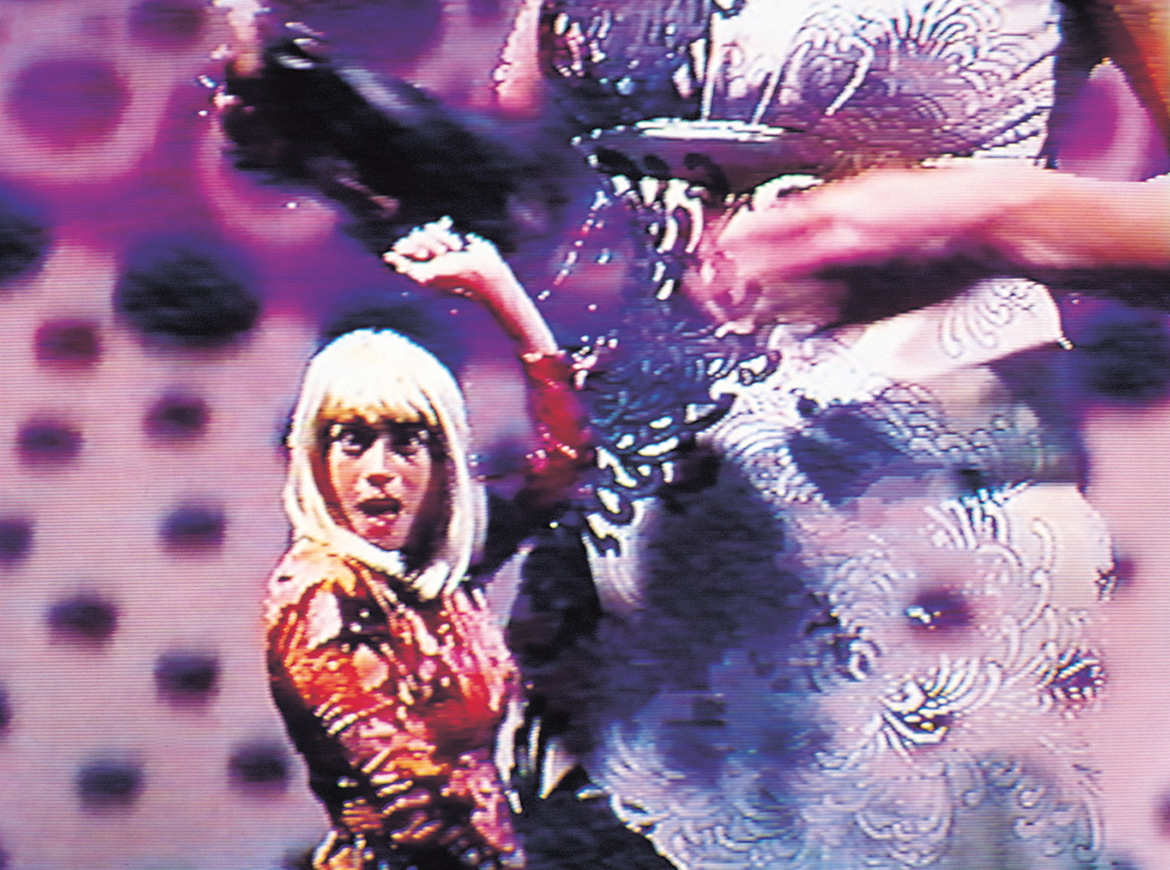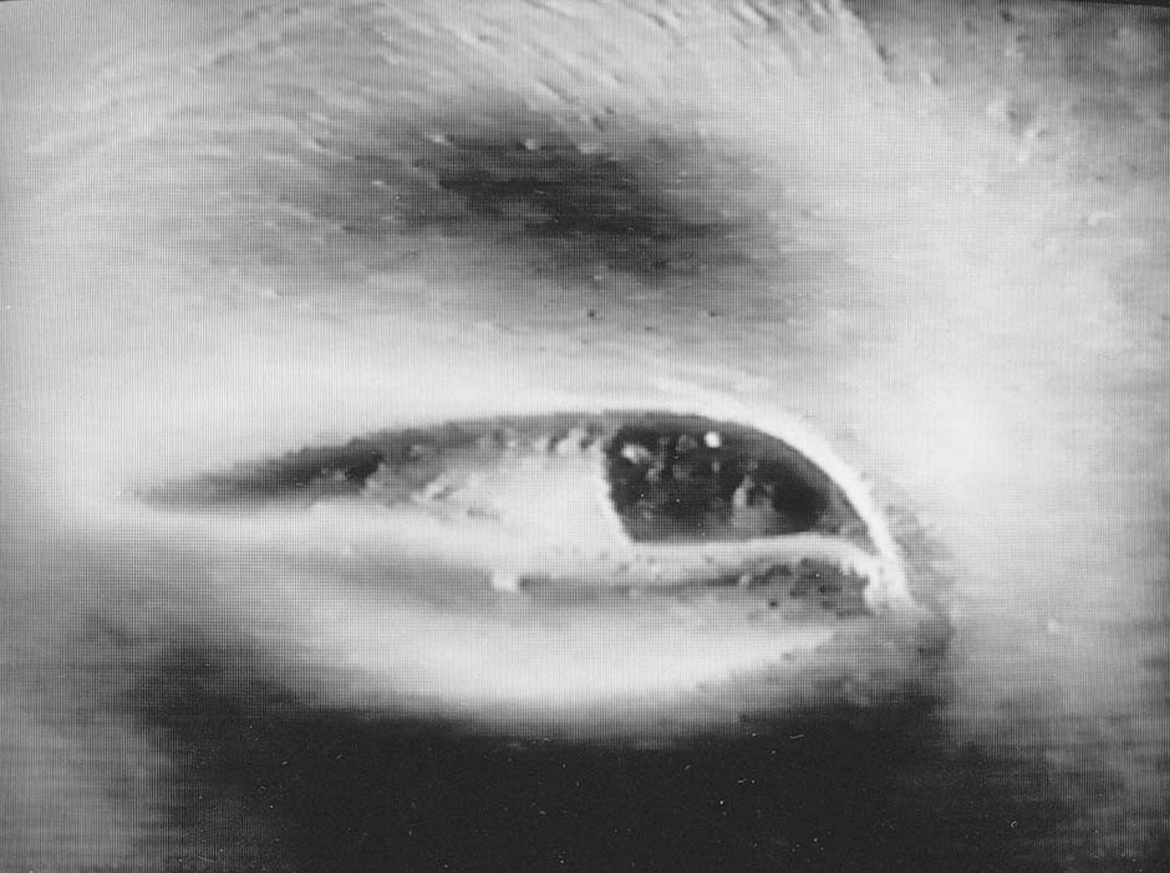More than most other artistic fields, video art is dependent on technical equipment. In fact, its development as a medium can be charted with reference not only to evolving aesthetic debates but also to technological innovations that have resulted in new (and often cheaper) cameras, recording media, projectors, monitors and editing techniques.
Looking back over this history, we can observe real spikes in video art production following the popularisation of ‘game changing’ equipment and the evolution of new ways to consume video footage. Sony’s Portapak, released in 1967, and American cable television sit at one end of this timeline while mobile phone video cameras and YouTube sit at the other.
The Gallery began collecting film and video art in 1996 and now holds almost 200 moving image works. They range in date from 1964 to the present and encompass a diversity of physical forms — from room-sized, synchronised multiple screen installations to simple monitor-based works to 35mm films.
Many of the video works date from the early 90s, at which time new generation analogue tape formats such as Video-8 and Hi-8 were in the ascendancy and video equipment became increasingly affordable, portable and easy to use. Like the advent of inexpensive digital video formats that followed in the 2000s, these developments enabled artists to move ever more adeptly from idea to execution.
What would Nam June Paik have done in 2012, armed with a camera-phone and YouTube channel?


A key early supporter of this area of the Collection was the benefactor James C Sourris AM who, between 1999 and 2000, enabled the purchase of 21 video works that had been identified by the Gallery’s curators as important additions to the new collection area including works by Robert Cahen (France, b.1945), Mona Hatoum (Lebanon/England b.1952), Ani O’Neal and Lisa Reihana (New Zealand, b.1971 and 1964) Nam June Paik (Korea/United States, 1932-2006), Woody Vasulka (United States, b.1937) and Judith Wright (Australia, b.1945),

#QAGOMA